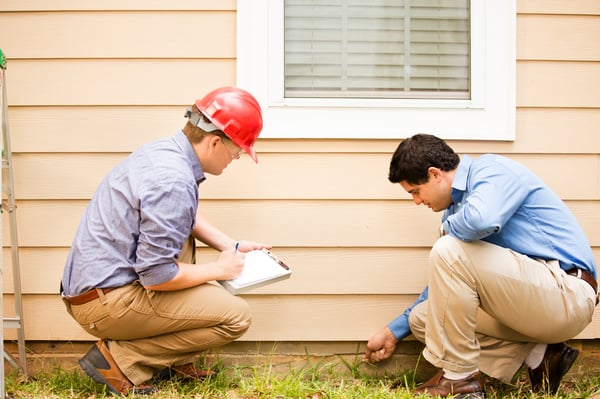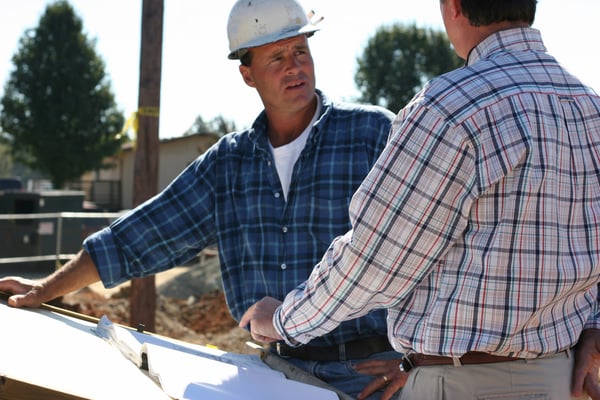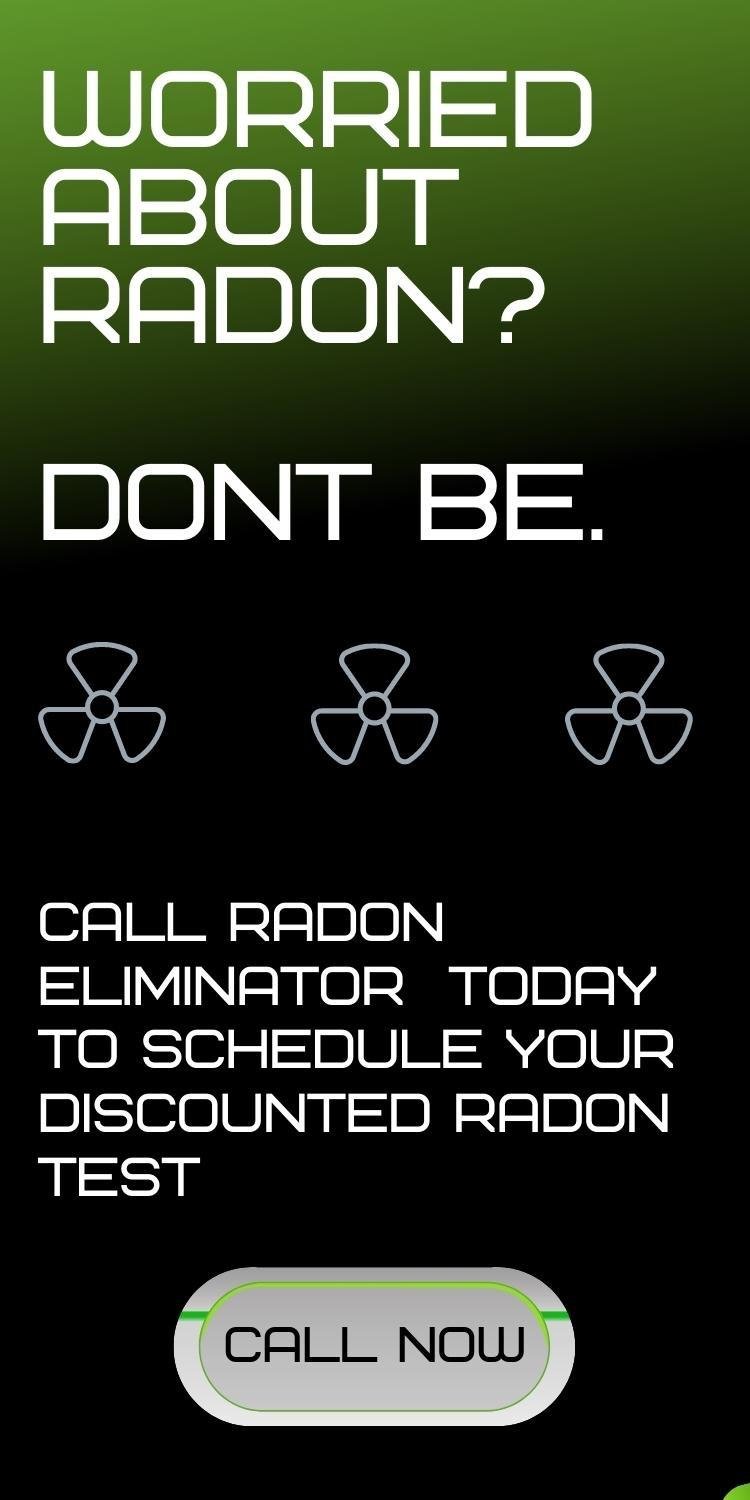Radon is a radioactive gas that forms naturally when uranium, thorium, or radium, all radioactive metals, break down in rocks, soil, and groundwater.
People are typically exposed to radon when it gets in the air and comes through cracks and gaps in buildings and homes.
Radon is the second leading cause of lung cancer, behind only cigarette smoking.
If you smoke, and your home has high levels of radon, you are increasing your risk for lung cancer exponentially.
Having your home tested is the only way to determine whether you and your family are at risk.
Because radon is odorless and tasteless, besides testing for it, the only other way people find out they've been exposed is after they've developed lung cancer.
Because radon comes naturally from the Earth, there is no way to prevent our exposure.
However, is it possible to make our homes "radon-proof?"
We will explore that question below.
Table of Contents
- Radon Resistant New Construction
- What does RRNC Mean?
- All Homes are At Risk for Radon
- How Often Should you Test for Radon
- There's no such thing as Radon Resistance
- Schedule a Discounted Radon Test
Radon Resistant New Construction (RRNC)
If you live in an area with high levels of radon, and your home was built within the last ten to twenty years, your construction crew likely adhered to radon resistant standards.
Those standards include the use of radon-resistant materials and procedures to mitigate the buildup of the deadly gas inside of your home.
In the world of construction, this is referred to as Radon Resistant New Construction or RRNC.
After reading this without any further context, you're likely to be lead to believe that your home can't be affected by radon just because it's new.
However, that's not entirely true.
RRNC doesn't mean all you think it does.
The sad truth of the matter is that every single home and building is susceptible to radon gas, no matter when or how it was built.
What Does RRNC Actually Mean?
RRNC practices are designed to mitigate radon and prevent
RRNC is typically pre-installing radon system pipes.
They lay out the foundation for you, and if a radon issue is discovered, all you have to do is install a mitigation fan.
While it doesn't prevent radon from entering your home, it eliminates the need to uproot your foundation and install a sub-slab mitigation pipe system.
Since it's pre-installed, you can hire a crew to come in and install the necessary fan and begin the mitigation process.
So, technically, your home is "radon-ready" not "radon-proof."
All Homes Are At Risk For Radon
Even the most prepared homes and buildings are still at risk for radon buildup.
Homes with an active radon mitigation system and a constantly running fan can still be plagued by elevated radon levels.
This is usually due to poor ventilation, a malfunctioning system, or even an increased presence of the gas around your home.
There are many types of rocks, including granite, that give off the harmful gas.
Because these rocks are abundant everywhere in the Earth's crust, there is nowhere in the world that is 100% safe from radon.
It also means that the more common the rocks are in your area, the higher the risk of elevated radon levels in your home.
A general misconception is that if your neighbor's house isn't affected by radon that yours must not be either.
That's simply not the case, and you should always have your house tested no matter what was found at neighbor's house.
The levels of radon in your home depend on the condition of your property, the makeup of the soil directly beneath your feet, and even the size and layout of your home.
You could live in a neighborhood where every other house on your street isn't affected, but your house has elevated levels of radon.
That's how unpredictable it is.

How Often Should You Test For Radon?
At the very least, your home should be tested for radon once a year.
To be extra safe, you should do it at least twice a year.
Due to weather, living conditions, and geography, the radon levels in your home can fluctuate. Sometimes drastically.
So you could test your home in January, and the levels come back fine, but in June the levels could be elevated.
That's why it's important to have multiple tests done, not just one.
There are also two different types of test; short-term and long-term.
If possible, go with the long-term test because it will give you a much clearer picture of the average radon levels in your home.
If you feel like a test is necessary (and it is), then you need to test as soon as possible.
Testing your home for radon can be a long, drawn-out process, so the sooner you start, the better.
The dangers of radon are very real, so if you're living in elevated levels, you need to know as soon as possible so you can start fixing them.
Even if your home doesn't have elevated levels, it's better to be safe than sorry.
There's No Such Things As Radon Resistance
No matter when your house was built, or what guidelines were followed during construction, every home is susceptible to elevated levels of radon.
If your house was built using RRNC guidelines, that simply means it's ready to have a mitigation fan installed if the need arises.
It doesn't mean your home is actually resistant to radon.
If you're worried you might have elevated levels of radon in your home, you need to have it tested ASAP.
The folks at Radon Eliminator are experts in the field, and they can teat your home to make sure it's safe for you and your family.
If they do find elevated levels, they can also take steps to remove the radon with a mitigation system for your home.
Click the button below to get started.
Time is of the essence when the health of you and your family is on the line.






